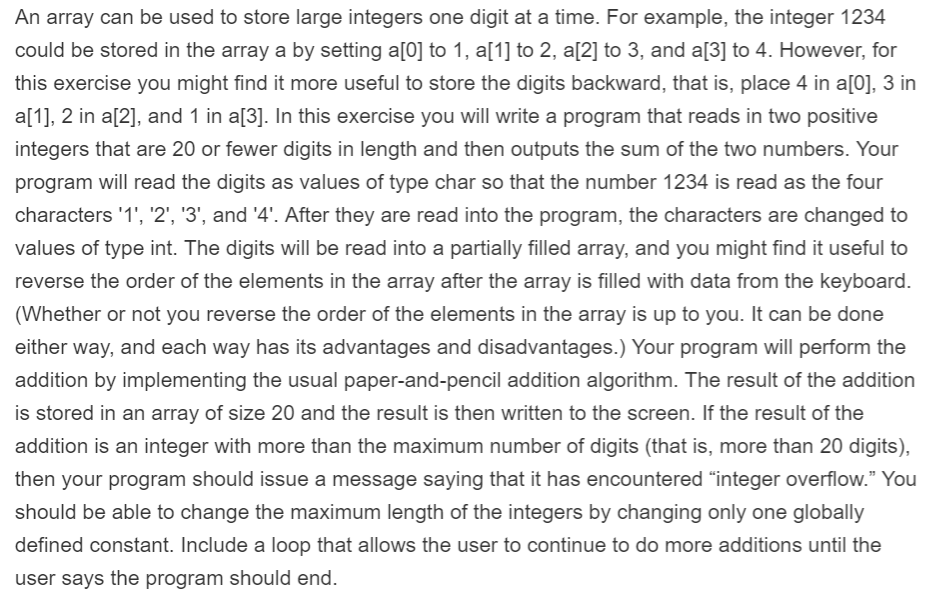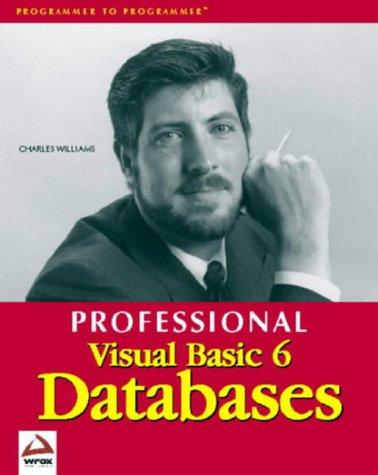Question
C++ Question: You will submit three files: A simple test program for your List class -- your test program must use at least the test
C++ Question:
You will submit three files:
A simple test program for your List class -- your test program must use at least the test case shown below
Your List class header file
Your List class implementation file
This implementation of the List class needs an internal member that is an array. The member functions will need to know how many values that array can hold and take care not to overflow the array. The solution below has an internal limit of 50 values. (FYI, we will revisit this same problem in a future lesson when we learn about dynamically expanding arrays, and will implement a better version that has no inherent limit.)
Here is the core of a simple test program for a list class object.
// First add some data
for (int i = 0; i
{
cout
cin >> temp;
testList.addValue(temp);
}
// Exercise member functions
cout
cout
cout
testList.deleteLast();
cout
cout
while (!testList.full())
{
testList.addValue(100.0);
}
cout An array can be used to store large integers one digit at a time. For example, the integer 1234 could be stored in the array a by setting a[O] to 1, al1] to 2, a[2] to 3, and a[3] to 4. However, for this exercise you might find it more useful to store the digits backward, that is, place 4 in a[O], 3 a[1], 2 in a[2], and 1 in a[3]. In this exercise you will write a program that reads in two positive integers that are 20 or fewer digits in length and then outputs the sum of the two numbers. Your program will read the digits as values of type char so that the number 1234 is read as the four characters '1', '2, '3', and '4'. After they are read into the program, the characters are changed to values of type int. The digits will be read into a partially filled array, and you might find it useful to reverse the order of the elements in the array after the array is filled with data from the keyboard (Whether or not you reverse the order of the elements in the array is up to you. It can be done either way, and each way has its advantages and disadvantages.) Your program will perform the addition by implementing the usual paper-and-pencil addition algorithm. The result of the addition is stored in an array of size 20 and the result is then written to the screen. If the result of the addition is an integer with more than the maximum number of digits (that is, more than 20 digits), then your program should issue a message saying that it has encountered 'integer overflow." You should be able to change the maximum length of the integers by changing only one globally defined constant. Include a loop that allows the user to continue to do more additions until the user says the program should end
Step by Step Solution
There are 3 Steps involved in it
Step: 1

Get Instant Access to Expert-Tailored Solutions
See step-by-step solutions with expert insights and AI powered tools for academic success
Step: 2

Step: 3

Ace Your Homework with AI
Get the answers you need in no time with our AI-driven, step-by-step assistance
Get Started


